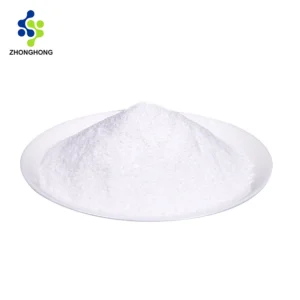কার্যকরী খাবার
114 ফলাফলের মধ্যে 1–12 দেখানো হচ্ছে
-
পানীয় সংযোজন
গাঁদা লুটিন এস্টার
-
কার্যকরী খাবার
র্যামনোজ
-
স্বাস্থ্যসেবা এবং ঔষধের উপাদান
অ্যাডেনিন
-
প্রসাধনী এবং ব্যক্তিগত যত্ন
অ্যালোভেরা পলিস্যাকারাইড
-
পানীয় সংযোজন
আলফা-কেটোগ্লুটারেট
-
পানীয় সংযোজন
অ্যান্ড্রোগ্রাফিস থেকে অ্যান্ড্রোগ্রাফোলাইড
-
খাদ্যতালিকাগত সম্পূরক
এপিজেনিন
-
প্রসাধনী এবং ব্যক্তিগত যত্ন
অ্যারোনিয়া বেরি অ্যান্থোসায়ানিনস
-
প্রসাধনী এবং ব্যক্তিগত যত্ন
অশ্বগন্ধা
-
পানীয় সংযোজন
অশ্বগন্ধা নির্যাস
-
পানীয় সংযোজন
অ্যাস্ট্রাগালোসাইড IV
-
পানীয় সংযোজন
অ্যাস্ট্রাগালাস পলিস্যাকারাইড











